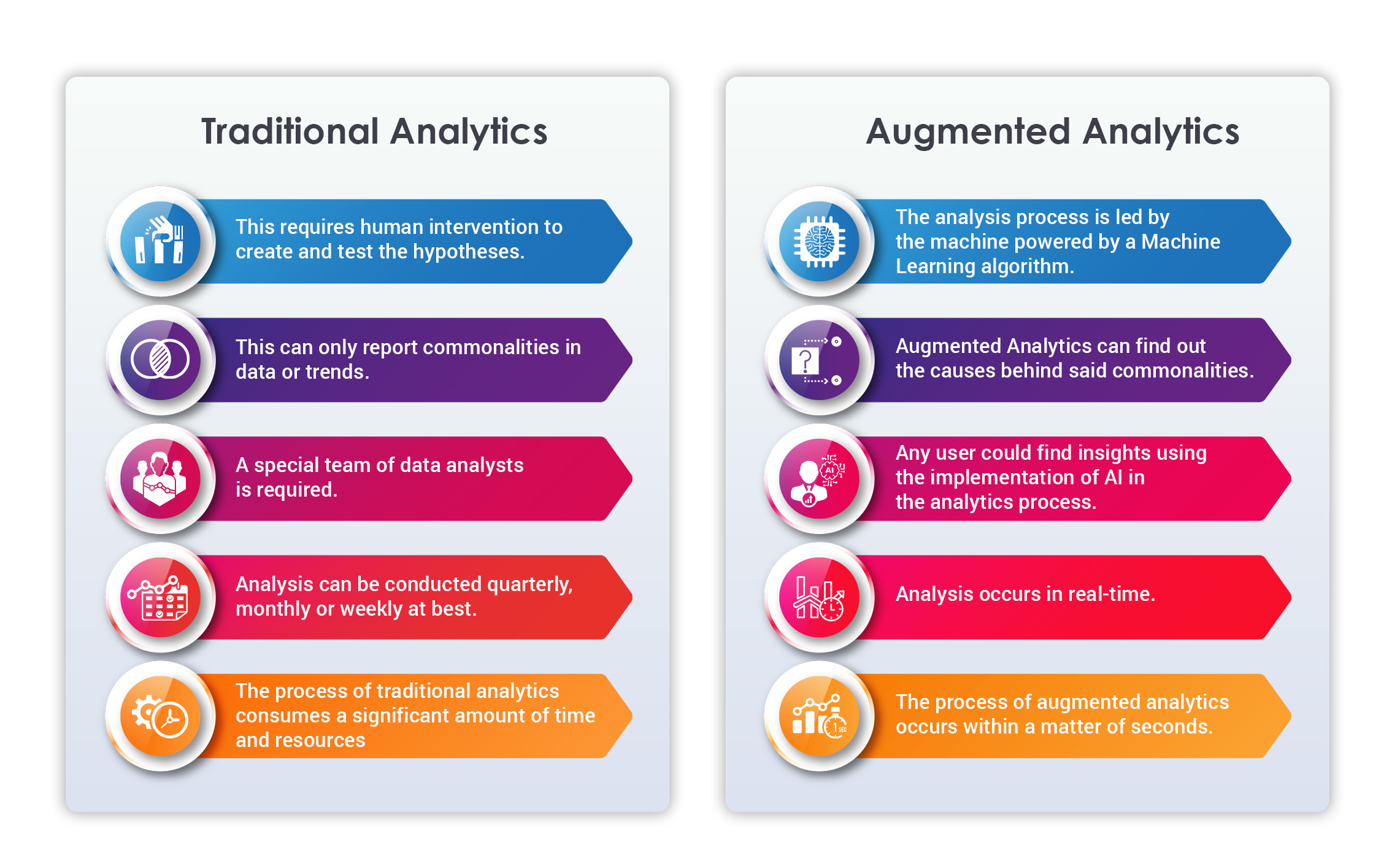We use cookies to help you navigate efficiently and perform certain functions. You will find detailed information about all cookies under each consent category below.
The cookies that are categorized as "Necessary" are stored on your browser as they are essential for enabling the basic functionalities of the site. ...
Necessary cookies are required to enable the basic features of this site, such as providing secure log-in or adjusting your consent preferences. These cookies do not store any personally identifiable data.
Functional cookies help perform certain functionalities like sharing the content of the website on social media platforms, collecting feedback, and other third-party features.
Analytical cookies are used to understand how visitors interact with the website. These cookies help provide information on metrics such as the number of visitors, bounce rate, traffic source, etc.
Performance cookies are used to understand and analyze the key performance indexes of the website which helps in delivering a better user experience for the visitors.
Advertisement cookies are used to provide visitors with customized advertisements based on the pages you visited previously and to analyze the effectiveness of the ad campaigns.
Analytics is the process of discovering meaningful patterns in a series of data and communicating it to the end-user. With the rise in the technological infrastructure in the world, the old-fashioned analytics has been coined into a new term Augmented Analytics. The dictionary meaning of the word augment is to increase. Thus, augmented analytics in its most simple explanation refers to the increase in the functionality of the traditional analytics process by implementing new technologies.
Augmented Analytics is a term coined by Gartner, which effectively refers to the inculcation of technologies such as Machine Learning and Artificial Intelligence to assist with the whole analytics process: Data Gathering, Insight Generation and Insight Explanation. Augmented Analytics is a rather interchangeable term with Advanced Analytics and AI Analytics.
What is the difference between AI in analysis and traditional analysis?

Why is Augmented Analytics better than the Traditional Analytics Process?
Some of the factors that answer this query are lined up below:
Scale:
Implementing AI in your traditional analytics process multiplies your scale manifold. If earlier, you required a whole team of analysts to segregate and analyze the data in a particular city, implementing AI can easily help you analyze data for a particular region or a country as a whole.
Time:
Manual work is time-consuming and often has some biases. The traditional method involves having a team of analysts to make various hypotheses and which are then tested against the data for that period and summarize their findings. Even after this whole exercise, there is no surety that the analysts have reached the right answers.
Accuracy:
Augmented Analytics is based on Machine Learning algorithms, which effectively, learn different patterns every time any data set is fed to them and thus, they can find correlations in such a way that it is nearly impossible for humans to replicate. The accuracy of the ML algorithms depends on how well they have been designed.
Speed:
Augmented Analytics can conduct analysis in real times and notify the concerned teams regarding any anomalies at the appropriate time. This results in shortening of the remedial times, unlike the traditional analytics process, which is conducted weekly, monthly, or quarterly.
Organization:
On average, data analysts spend about 80% of their time cleaning and organizing their data. Implementing AI can help accelerate this process and thereby, help save time and increase the efficiency of the whole operation.
Intelligence:
Machine Learning algorithms ensure that our system is continuously learning when it comes to data analysis. Every time we feed a stream of data into our system, it learns from it and tries to understand the pattern from a series of historical data made available to it.
Conclusion:
Thus, Artificial Intelligence is enhancing analytics today with new capabilities to semi-automate the process of decision making. The scale of analysis has grown multifold with a simultaneous increase in speed, accuracy and reliability along with a decrease in error generation. As it is coined by Gartner, Augmented Analytics is augmenting the whole process of analytics. Thereby, taking it forward to heights that weren’t achievable earlier.